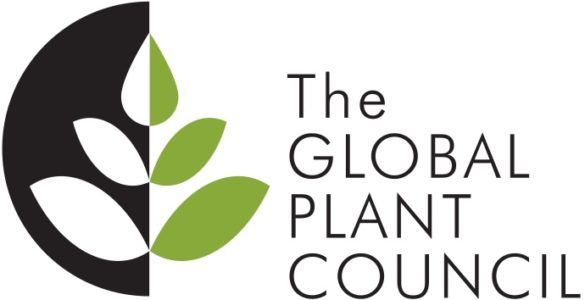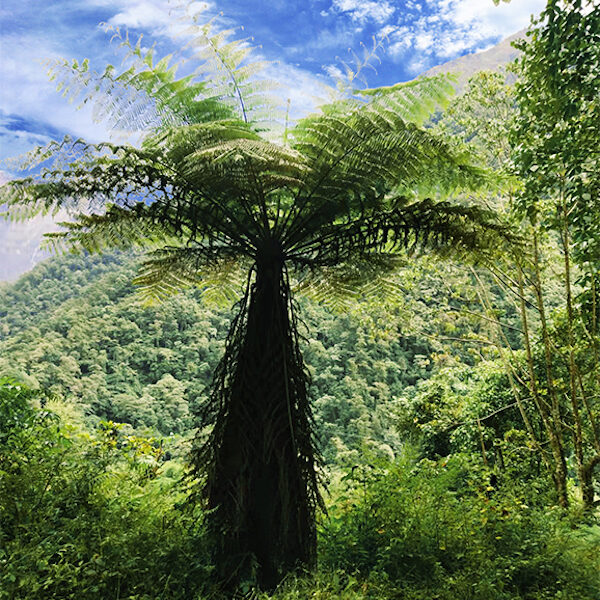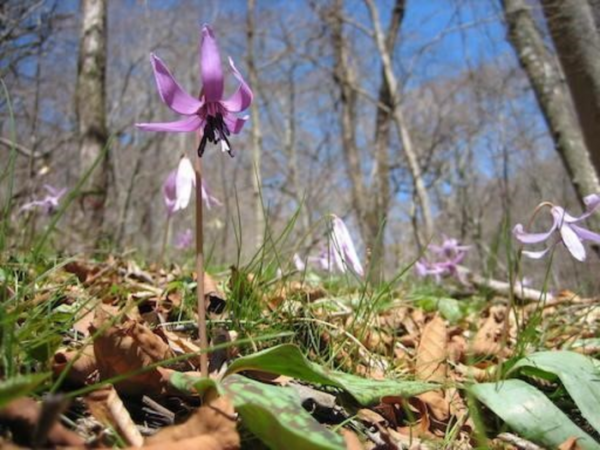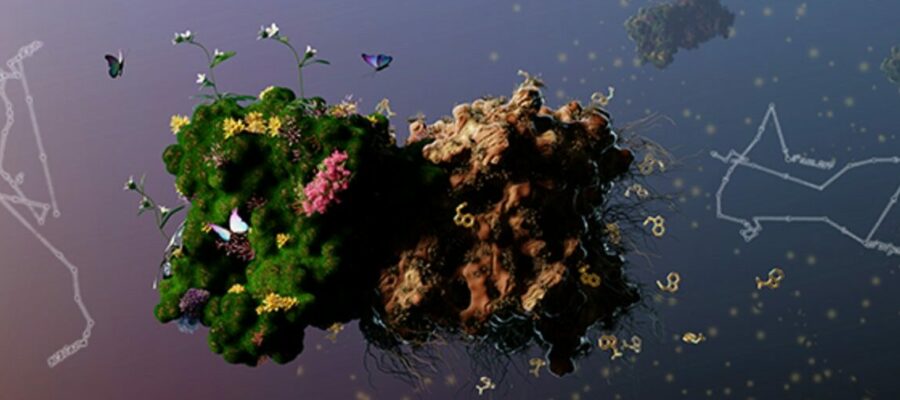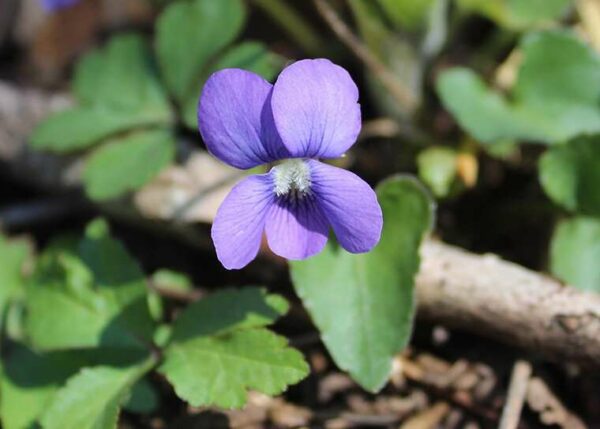Tree fern genome provides insights into its evolution

Land plants evolved 470 million years ago from algae and have since reshaped our world. Throughout their evolution, ferns have undergone a series of changes that have helped them survive on land. For the first time, researchers have characterized the…
Isabel03/08/2022
